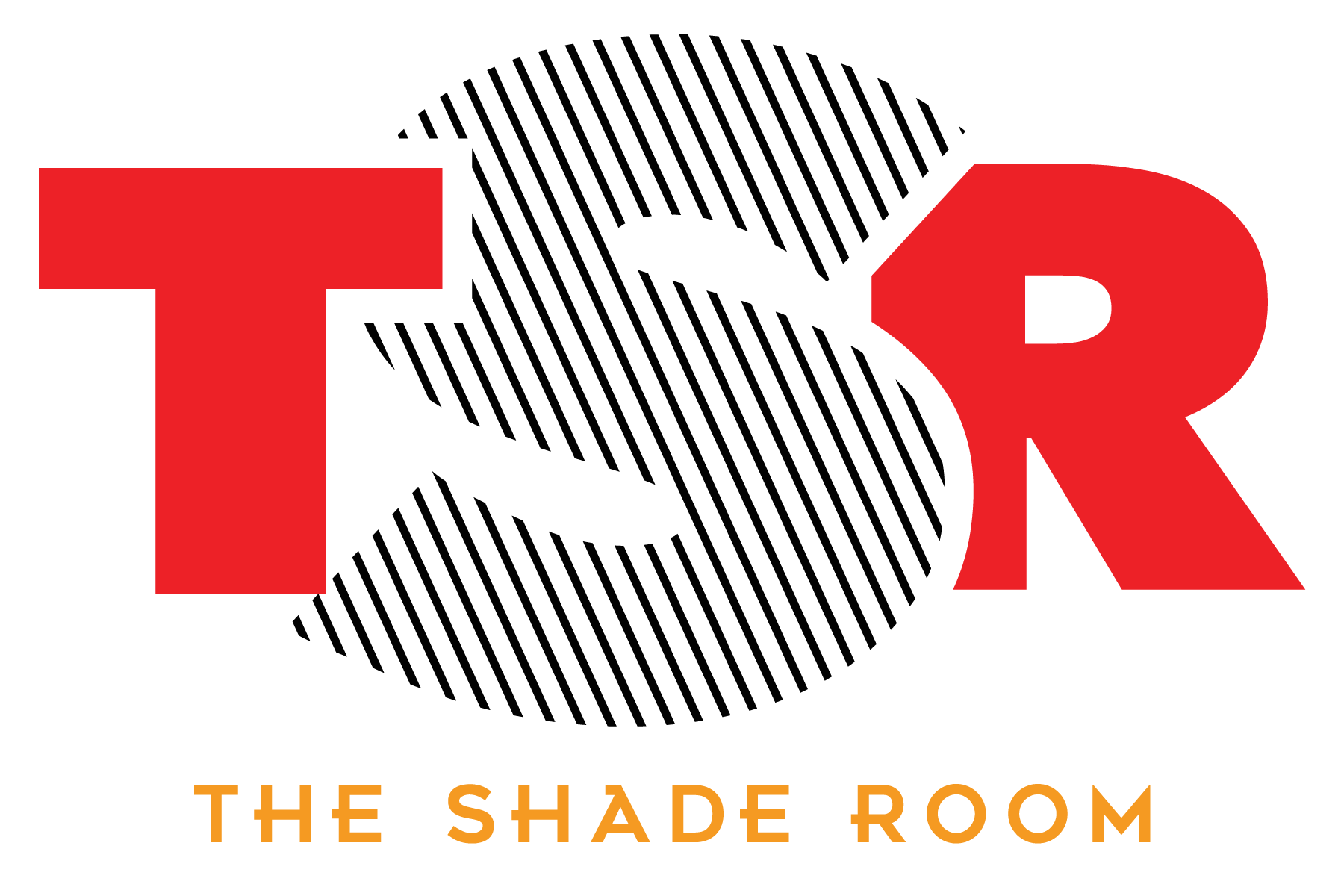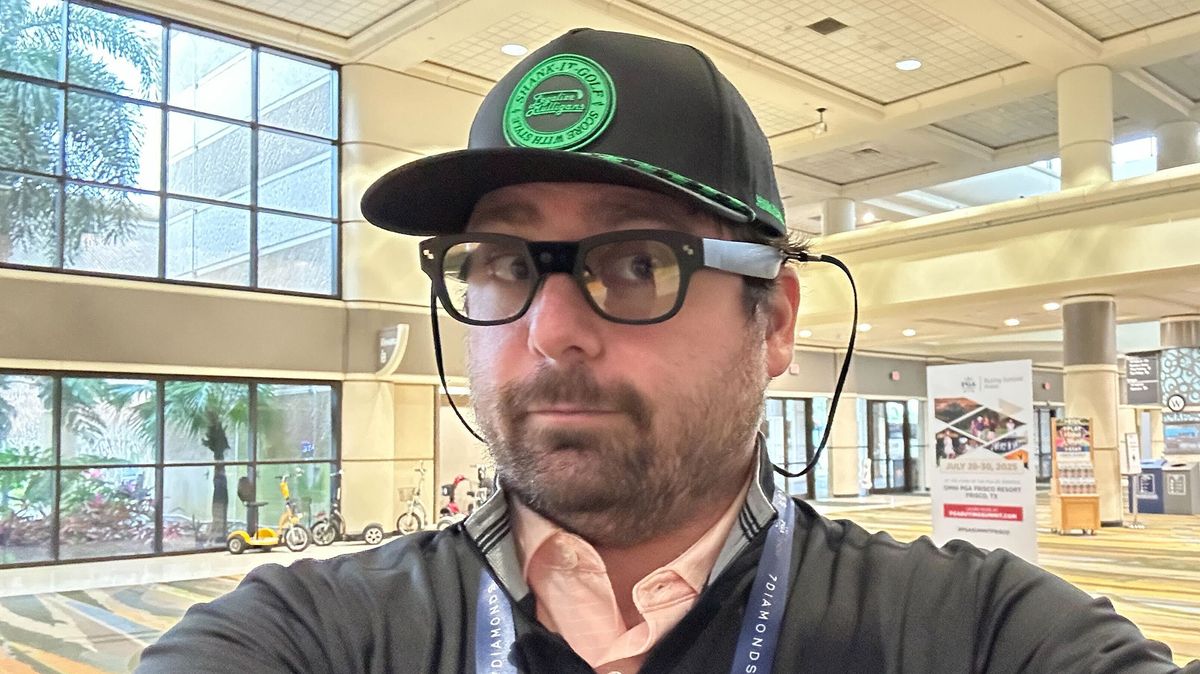Vengeful, fire-breathing demons beware: Scientists are claiming to have found a way to help people combat their nightmares, using a combination of therapy and lucid-dreaming techniques.
While nearly everyone experiences nightmares on occasion, some people struggle with frequent-enough bad dreams that their waking lives are no picnic. People with narcolepsy, a condition in which the sleeping and waking cycle can’t be controlled, are especially prone to nightmares, which can affect up to 40% of sufferers. Sleep researchers at Northwestern University believe that they’ve developed an effective method to manage these difficult cases. They published two studies last month detailing their work.
In one study, published in the journal Consciousness and Cognition, the team demonstrated that they could teach people to lucid dream using a simple app.
The app relies on a technique called targeted lucidity reactivation (TLR), which aims to train people while awake to associate a specific sound cue with the intention of becoming lucid while dreaming (people are asked to become highly aware of their surroundings and internal state when hearing the cue). Since other research has shown that sleeping people can perceive outside sounds and even smells, the hope is that people will be able to turn their dreams lucid upon hearing the cue again. The researchers found that the app was indeed able to increase the frequency of lucid dreaming in their volunteers, from an average 0.74 lucid dreams in a week to over two lucid dreams a week.
In a second small study, published in the Journal of Sleep Research, the researchers combined the use of TLR with a form of cognitive behavioral therapy already used to treat nightmares.
“We had them imagine what they’d like to dream instead of their nightmare, almost like they’re writing a movie script,” said study researcher Jennifer Mundt, assistant professor of neurology (sleep medicine) and psychiatry and behavioral sciences at Northwestern University Feinberg School of Medicine, in a statement from the university.
All six patients in the study received cognitive behavioral therapy, while half eventually received TLR as well. By the end of the study period, all of them reported fewer nightmares (with four no longer meeting the criteria for a nightmare disorder). And two of the volunteers in the lucid dreaming group recalled having dreams similar to the ones that they tried to imagine having in therapy—a possible sign that TLR boosted the treatment’s potency.
“This study provides a proof of concept for the application of TLR as a therapeutic strategy with clinical populations, as well as preliminary evidence for the efficacy of CBT-N in treating narcolepsy-related nightmares,” the researchers wrote in the paper.
Both studies are based on small sample sizes, so more research will be done to have to confirm the potential benefits of these treatments for narcolepsy-related nightmares. Other studies have found that using sound to positively manipulate people’s dreams can reduce nightmares in general, however. So if the team’s research continues to pay off, this could lead to a new effective option for many with narcolepsy.
“It’s empowering for them,” Mundt said. “They’re so surprised this works. It increases self-efficacy for managing their symptoms, and they describe how glad they are that this helped. It’s really a game-changer, mentally.”




)















 English (US) ·
English (US) ·